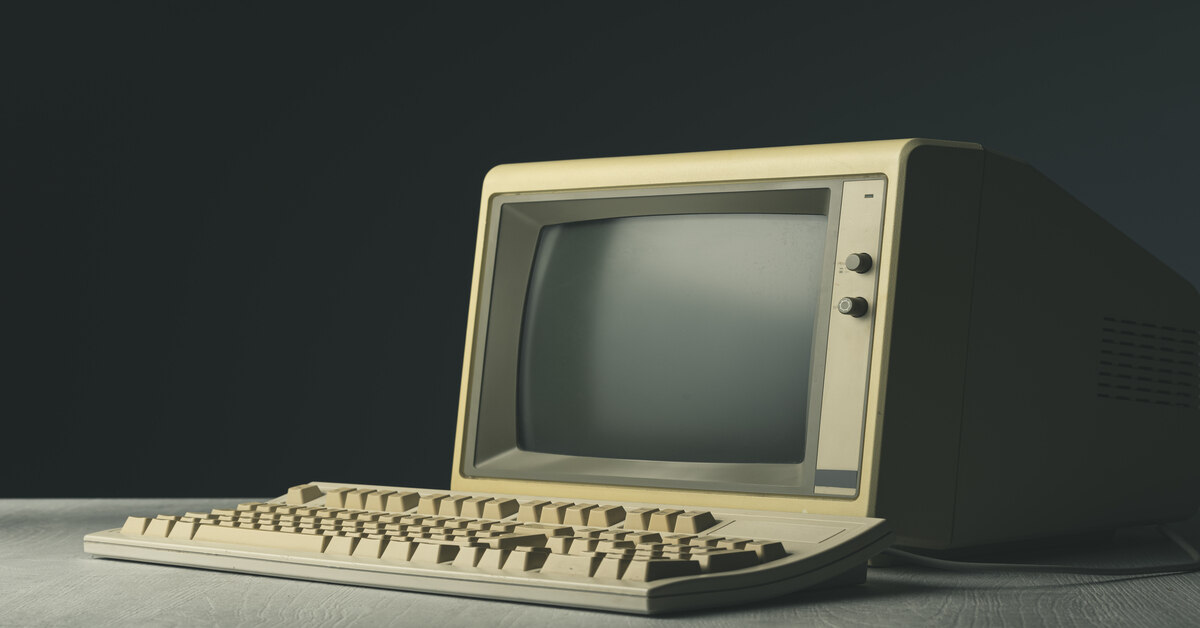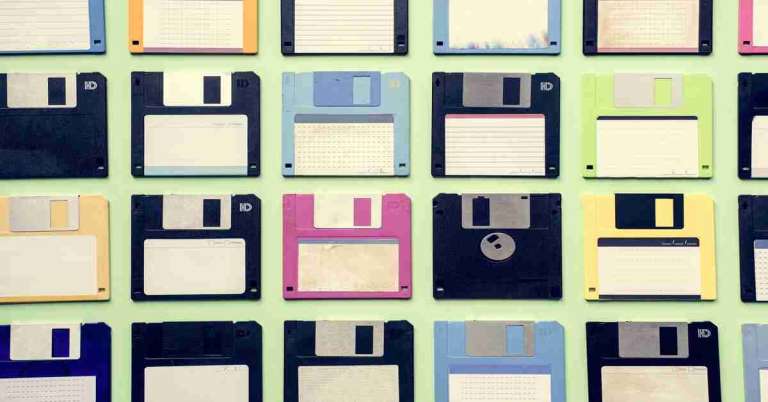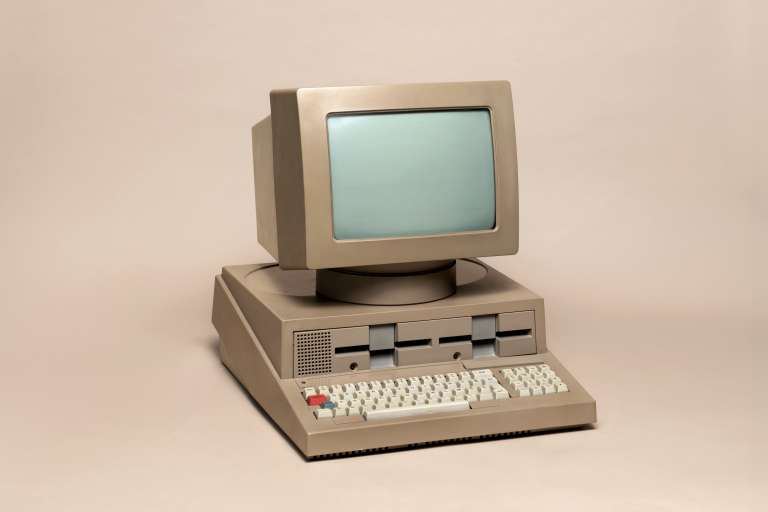The experience of vintage technology is an intriguing trip back into time that provides answers to how much we have evolved as the world in pursuit of innovation. Vintage technology includes a broad spectrum of achievement in the history of the mechanical era to the digital revolution that has revolutionized the way we live, work and communicate. This blog shares the greatest inventions in old technology and explains their background and contribution to society in the present.
The Establishment of Mechanical Technology.
The background of old technology could be traced centuries ago with the first achievements, which were based on the inventions of mechanics. The initial innovation was the invention of the wheel, which was invented in 3500 BC in Mesopotamia. This is a simple but a revolutionary invention that formed the foundation of transportation and machinery that drastically transformed human civilization.
Leonardo da Vinci, in the 15th century, contributed greatly to mechanical technology through his designs of the flying machines, tanks, and other automated machines. Although most of his works were not actually constructed during his lifetime, they represented a foresighted thinking in terms of engineering and mechanics that would be followed in the generations to come.
The Industrial Revolution: A Technological Explosion.
The late 18th century saw the beginning of the Industrial Revolution, which was the turning point of the history of vintage technology. It gave rise to mass production and mechanization and transformed economies and societies across the globe fundamentally. Major innovations at this time are:
The Steam engine (1712): The steam engine was invented by Thomas Newcomen and refined by James Watt and transformed the world of transport and production. It drove locomotives, ships and factories making them highly productive and efficient.
Spinning Jenny (1764): Spinning Jenny was invented by James Hargreaves and was a spinning frame with many spindles, with the help of which one worker could spin several threads at the same time. The textile industry was highly enhanced by this innovation and the production of fabrics was speeded and made more efficient.
The Power Loom (1785): This is the invention of the power loom by Edmund Cartwright, which made the weaving process automatic and improved the production of the textiles. It contributed to the expansion of the industrial economy and the cheaper cost of fabrics and more production capacity.
Telegraph (1837): The invention of telegraph by Samuel Morse was a revolution in the art of communication because the messages could be transmitted instantly even to a far distance. It was an innovation that has formed the foundation of the modern communication systems and how people communicate with each other in the world.
The Birth of Modern Electronics.
With the entry of the 20th century, the development of old technology was proceeding very fast with the introduction of electronics. Its major steps include the following milestones in this regard:
The Radio (1895): Guglielmo Marconi invented the radio which initiated wireless communication. The capacity to relay audio signals to a far distance helped in revolutionizing entertainment and the spread of information thus radio broadcasting was developed in the 1920s.
The Television (1927): When Philo Farnsworth invented the electronic television, he changed the way people consumed the media. The initial open broadcast of television was in 1936 and later in the mid 20th century, the television was already in every home in America and beyond.
The Transistor (1947): Transistor is an invention by John Bardeen, Walter Brattain, and William Shockley that was developed to substitute the vacuum tubes in electronic devices. It was very small, dependable, and efficient, which led to the emergence of the modern computers and portables.
The Integrated Circuit (1958): Jack Kilby and Robert Noyce were the first to individually come up with the integrated circuit that enabled various electronic parts to be incorporated in a single chip. This breakthrough made the electronic devices much smaller and cheaper thus technology was made more accessible to people.
The Computer Revolution
The second half of the 20th century saw the advent of computers as a disruptive technology in old technology. The significant events of this revolution are:
The ENIAC (1945): The ENIAC (Electronic Numerical Integrator and Computer) was a general-purpose electronic computer built by John Mauchly and J. Presper Eckert which has often been regarded as the first, and this is the reason. It also calculated complicated computations such as artillery trajectory computations of the U.S. Army.
Personal Computer (1970s): With the advent of personal computers in the 1970s, e.g. the Altair 8800 and the Apple II, the technology became democratic and reached out to homes and small businesses. This change altered the manner in which individuals worked, interacted, and received information.
The Graphical User Interface (1984): The introduction of the Apple Macintosh came along with the introduction of the graphical user interface (GUI), hence making computers easier to use. This invention allowed users to communicate with their machines in visual terms, which saw massive use of personal computers.
The Internet (1990s): The internet had its roots earlier but the commercialization of the World Wide Web in the 1990s transformed the communication and sharing of information. It has changed the way people related to each other, how they did their business, and received knowledge, and it is the modern digital world.
Old Technology and New Innovations.
In the modern world, old technology still affects modern innovations. There is a lot of retro vibe in the contemporary world of devices, which incorporates nostalgia with innovative developments. As an example, retro gaming consoles have re-emerged, where gamers can revisit old titles on a new platform.
The Reason why Vintage Technology should be preserved.
With all the milestones of vintage technology in our celebrations, it is imperative to note that it is important that the technologies are maintained. There is a risk of losing many old devices and systems to time because of the neglect of these devices or a lack of knowledge. It is an important role played by museums, collectors and enthusiasts to preserve this history so the future generations can know how ingenious and creative the past could be.
Conclusion
The history behind vintage technology is very captivating and is a testimony to the innovation and creativity of people. Since the invention of the wheel, the milestones reached through the digital revolution helped to shape the world as we are in to-day. By examining these major events, we are able to understand more about the technological world around us, and how we have to safeguard our history. Going forward, we can praise the success of the preceding years and then innovate even more, as vintage technology has done the same with its journey.







Leave a Comment